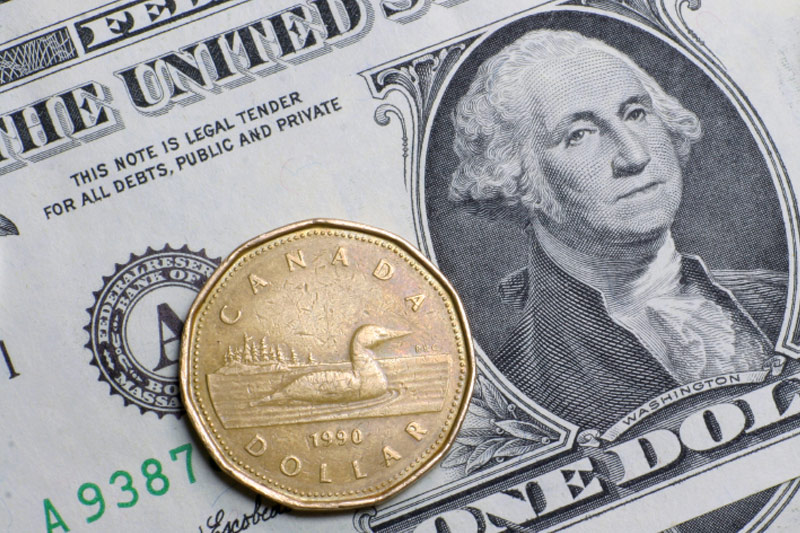Investing.com - The U.S. dollar pulled back from more that five year highs against its Canadian counterpart on Wednesday, as disappointing U.S. retail sales weighed on the greenback, although safe-haven demand remained strong.
USD/CAD pulled away from 1.2017, the pair's highest since April 2009, to hit 1.1941 during early U.S. trade, slipping 0.11%.
The pair was likely to find support at 1,1832, the low of January 12 and resistance at 1.2017, the session high.
In a report, the U.S. Commerce Department said that retail sales declined by 0.9% last month, worse than expectations for a drop of 0.1%. Retail sales growth for November was revised down to a 0.4% gain from a previously reported increase of 0.7%.
Core retail sales, which exclude automobile sales, slumped by 1.0% in December, disappointing forecasts for a 0.1% increase. Core sales in November rose by 0.1%, downwardly revised from a previously reported increase of 0.5%.
Meanwhile, the commodity-linked Canadian dollar remained under pressure as oil prices extended their selloff.
Crude oil was hit after the World Bank cut its forecasts for global growth on Tuesday, adding to fears over the faltering economic recovery. Oil prices continued to tumble on Wednesday after falling to almost six year lows in the previous session, after OPEC said it will not cut output despite a global supply glut.
The rout in oil, which has halved in value in six months, has fuelled concerns of exacerbating already low levels of inflation in many major world economies.
The loonie was lower against the euro, with EUR/CAD edging up 0.16% to 1.4097.
Also Wednesday, the advocate general of the European Court of Justice, Pedro Cruz Villalon, advised judges to approve the ECB's Outright Monetary Transactions program, a measure which was launched in 2012.
Villalon said the ECB must avoid any "direct involvement in the financial assistance program that applies to the State concerned."
The ruling was seen as giving the ECB leeway at its upcoming policy meeting on January 22, when many expecte it to implement full blown QE measures.
In addition, data showed that euro zone industrial production rose 0.2% in November, in line with expectations, but factory output was down 0.4% on a year-over-year basis.
